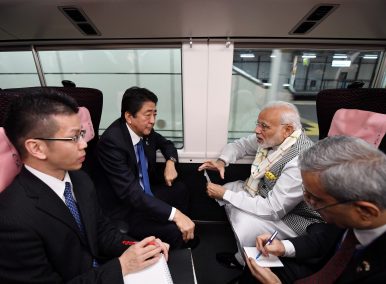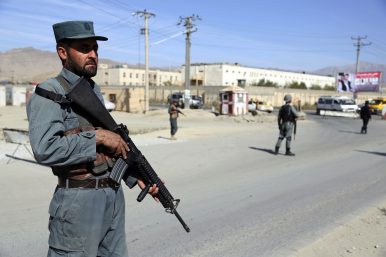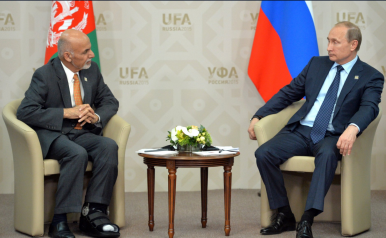In the French Open finals it was business as usual. Nadal grinding down Thiem with his relentless game. Rafa easily won the first set at 3.
Second set was going with serve. But Thiem could take only one yes only one point in Nadal's first five service games. Serving at 5 - 6 Rafa played an exquisite drop volley on his back hand side. In fact all through the match Rafa's volleying was out of the world. Out of nowhere unforced error from Rafa and winner from Thiem brought a break and set point which Thiem duly converted. Set all, game on.
Rafa came out like a raging bull, pulverized Thiem to win the third set at 1.
In the fourth set Rafa was leading three love. In a now or never scene Thiem down at love 30, played some big booming serve and outstanding ground shots managed to hold serve.
But he is just delaying the inevitability. Rafa is leading 4-1 in fourth set. It is matter of time before Rafa gets his 12th title. King of clay has won the fourth set at 1 and the French Open title.
Problem is there is no new balls. Only players who can give trouble to Rafa, not necessarily winning are those 30 plus warhorses Novac, Stan or Roger.
Old balls are holding on. All 30 plus. The GOAT at 37 plus.
Njoy till they hang up.Except possibly Tsitsipas there is nobody who can hold a candle to these Mohicans.
We all want new guns. Sadly they cannot match the dedication discipline and work ethics of these galectos.
People like me can take heart from these aging superstars, but what about youngstars.
There lies the problem. Throne will not be vacated, has to be won!
=====================================================================
I am now bored to see the same three faces winning all the grand slams. Stan the Man and Andy Murray got three each in between but both of them are out with injuries. Stan is on his way to come back.
If Thiem wins it will be such a change. He has all the credentials to do that. He has beaten Rafa in clay like last year.
But Rafa is the greatest clay court player the planet has ever seen. He has won 11 titles here. He owns this piece of land at Ronald Garros.
This year Rafa was beaten in clay by the merculian Italian, the Greek Tsitsipas and Thiem. But will anybody bet against Rafa for the French Open title. I doubt.
Remember. Last year finals. Rafa just ate up Thiem. The way Nadal is devouring his opponents, I am afraid we are going to see another one sided finals.
My heart is with Thiem but my brain is with Rafa.
Unless some miracle happens. Look at the ladies half. All new faces coming up to the top. Men's tennis requires young guns. New balls please. Except Tsitsipas nobody is in the horizon to challenge the three aging superstars. Old balls still reign supreme.
That is why winning by Thiem is so important.
Alas, if that could happen!




















